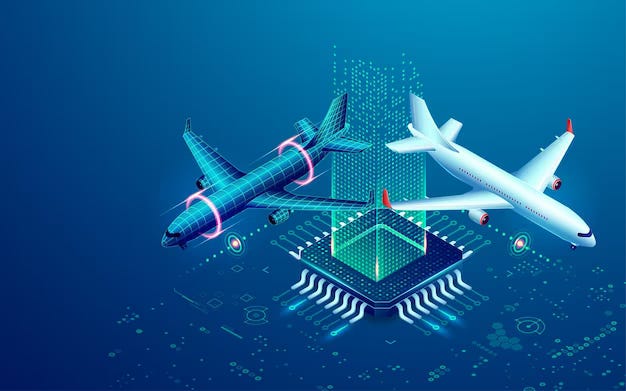The rapid proliferation of Unmanned Aerial Systems UAS has revolutionized numerous sectors, from commercial logistics to military operations. However, the same characteristics that make UAS versatile and efficient also render them potential threats. Counter UAS C-UAS strategies are imperative to mitigate these risks. One of the most effective approaches to developing robust C-UAS systems is through Red Teaming a process that involves simulating adversarial tactics to identify vulnerabilities and improve defenses. In the aerospace sector, Red Teaming provides invaluable insights into the capabilities and limitations of current C-UAS measures. Red Teaming involves a group of experts who emulate potential adversaries’ techniques, tactics, and procedures TTPs to uncover weaknesses in security systems. This approach is particularly vital in the aerospace context, where the stakes are extraordinarily high. The goal is to think like the enemy, deploying various UAS to exploit potential gaps in defenses. By doing so, Red Teams can reveal weaknesses in detection, tracking, identification, and neutralization phases of C-UAS operations.

One significant insight from aerospace C-UAS Red Teaming is the identification of blind spots in current detection systems. UAS can vary dramatically in size, speed, and altitude, making them difficult to detect with traditional radar and optical systems. Red Teams often use a variety of UAS, from small, low-flying drones to high-altitude, fast-moving models, to test detection capabilities. This testing frequently exposes limitations in sensor ranges and resolutions, prompting the development of more advanced multi-sensor fusion techniques that combine radar, infrared, and acoustic sensors for comprehensive coverage. Another critical insight is the challenge of distinguishing between hostile UAS and benign or commercial drones. In densely populated areas, the sky can be crowded with numerous drones performing legitimate functions. Red Teaming helps refine identification algorithms by introducing scenarios with mixed drone traffic. This practice highlights the need for sophisticated artificial intelligence and machine learning systems capable of quickly and accurately classifying UAS based on behavior patterns, flight paths, and other distinguishing features.
Furthermore, Red Teaming underscores the importance of swift and effective neutralization strategies. Simply detecting a UAS is not sufficient the ability to neutralize a threat before it can cause harm is paramount. Red Teams test various neutralization methods, including electronic jamming, kinetic interceptors, and directed energy weapons. Through simulated attacks, they can assess the efficacy of these methods under different conditions. These exercises often reveal the need for a layered defense approach, combining multiple neutralization techniques to address diverse threat scenarios effectively. Additionally, Red Teaming provides critical insights into the cyber vulnerabilities of UAS and C-UAS systems. UAS are highly reliant on communications and navigation systems, which can be susceptible to hacking and spoofing. Red Teams often simulate cyber-attacks to evaluate the resilience of UAS and C-UAS systems against such threats. This aspect of Red Teaming highlights the necessity of robust cyber security measures, including encrypted communications, secure software, and regular vulnerability assessments and visit this site https://aevex.com/counter-uas/. Through continuous and rigorous Red Teaming exercises, the aerospace sector can stay ahead of emerging threats, ensuring robust and resilient C-UAS capabilities.
